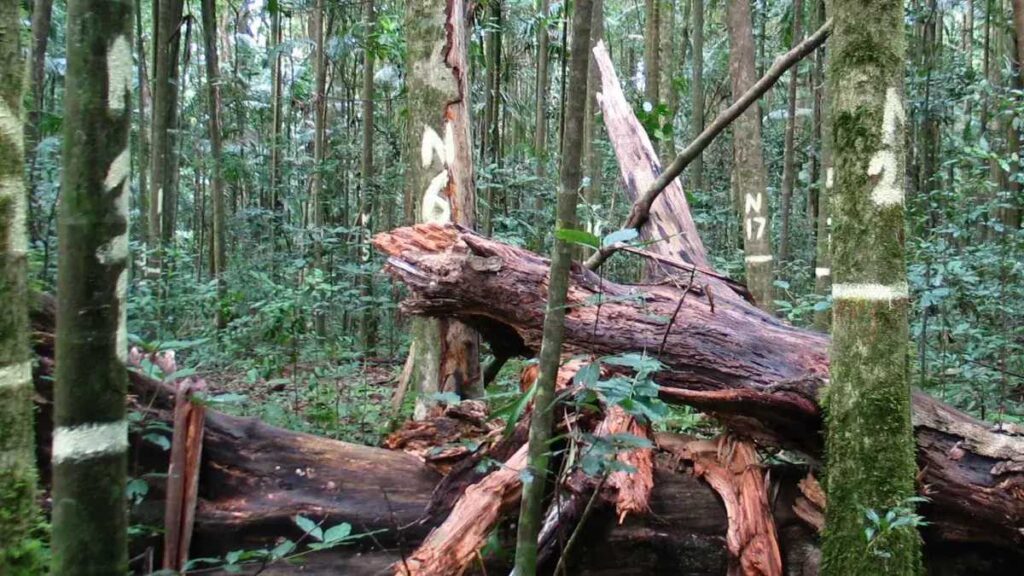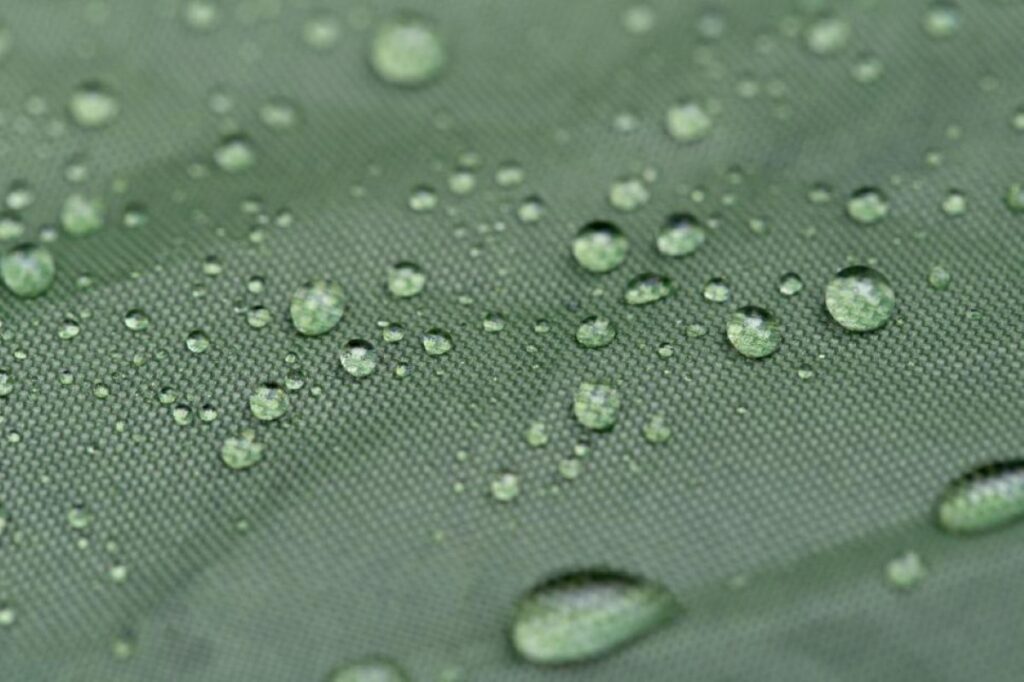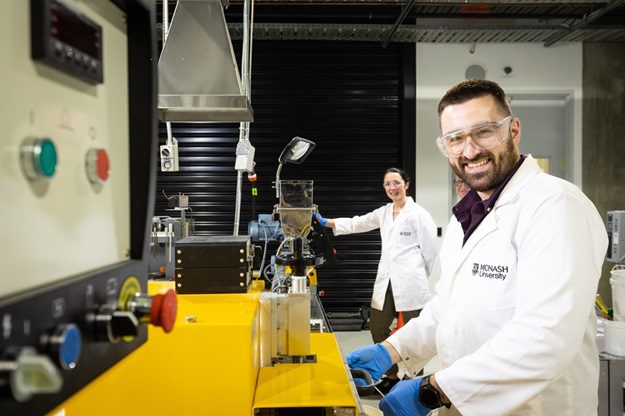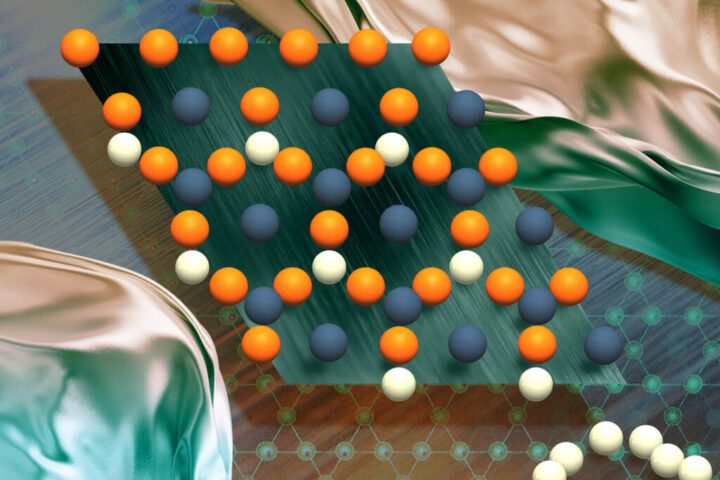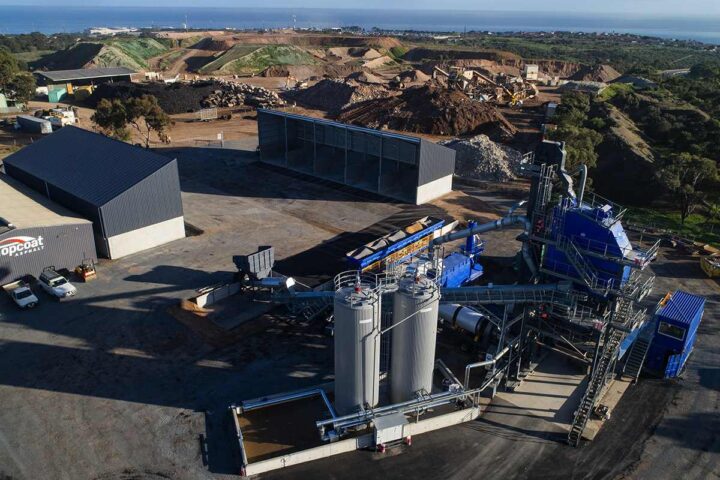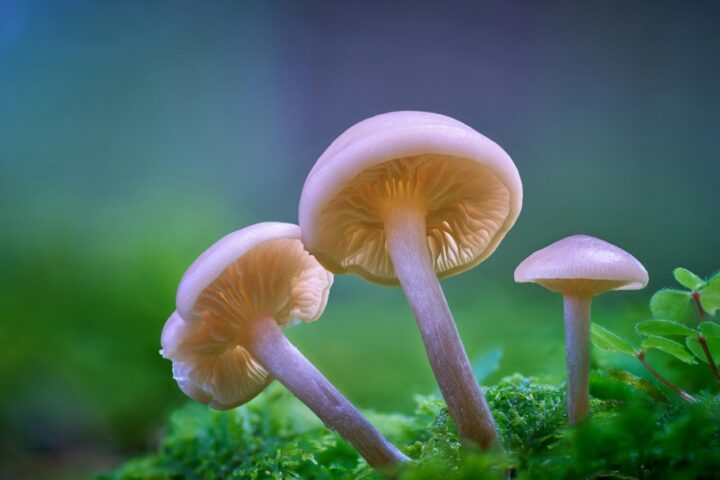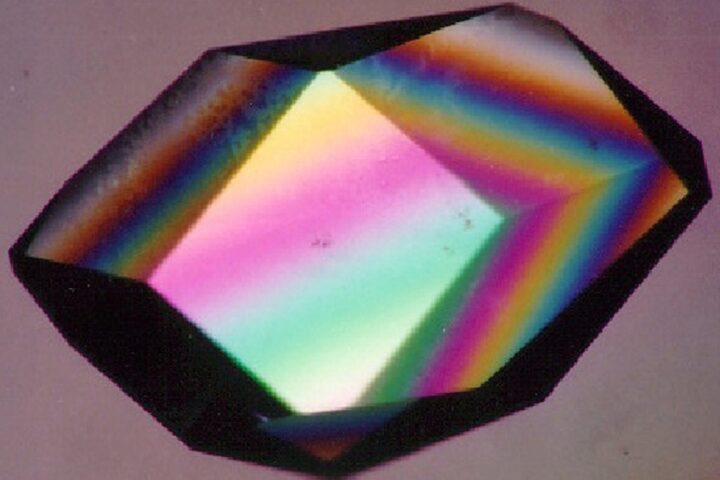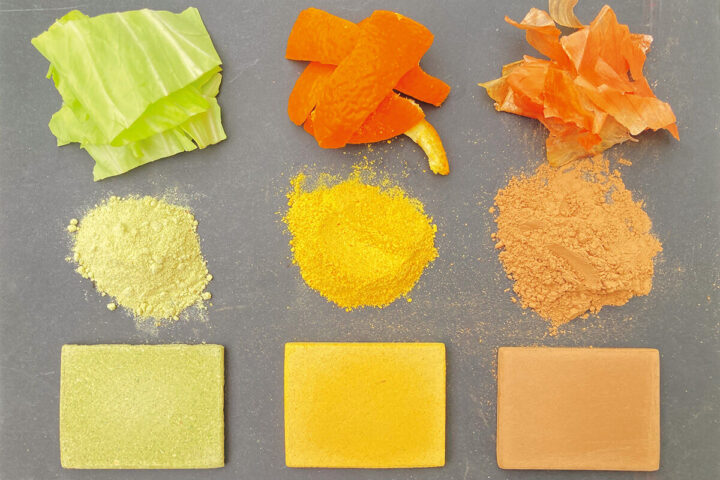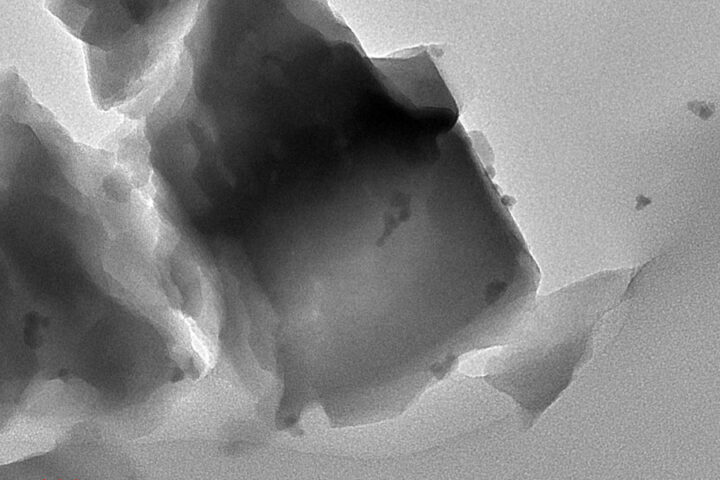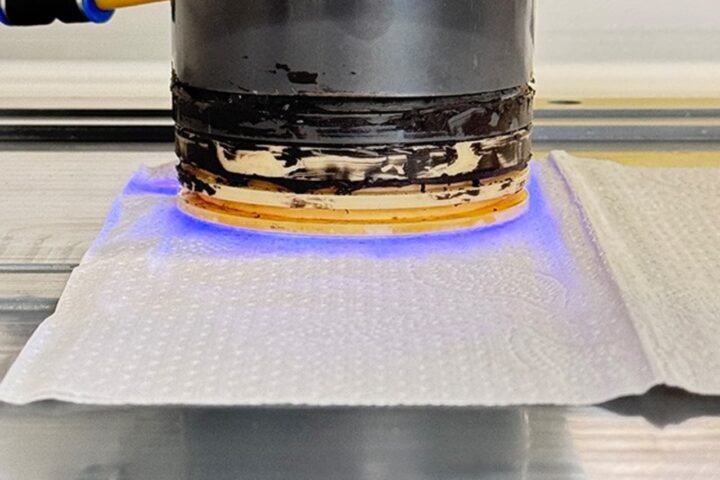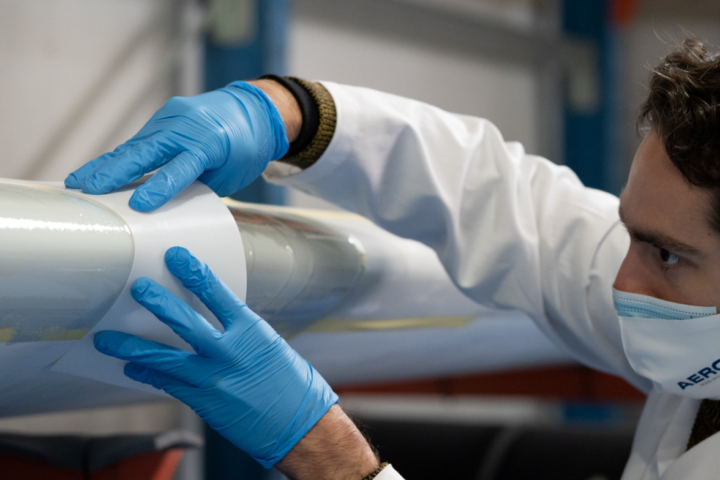New Freezing Method Reveals True Chemistry of Lithium Metal Batteries
Cryo‑XPS flash‑freezes cells before X‑ray photoelectron spectroscopy, preserving the lithium anode interface for a more faithful read‑out of surface chemistry.
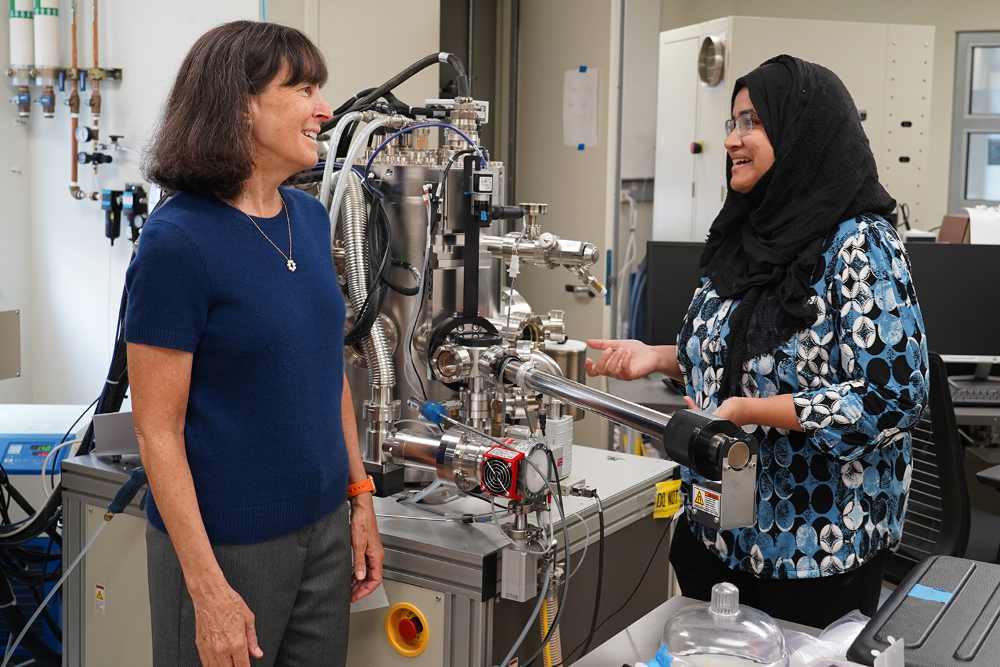
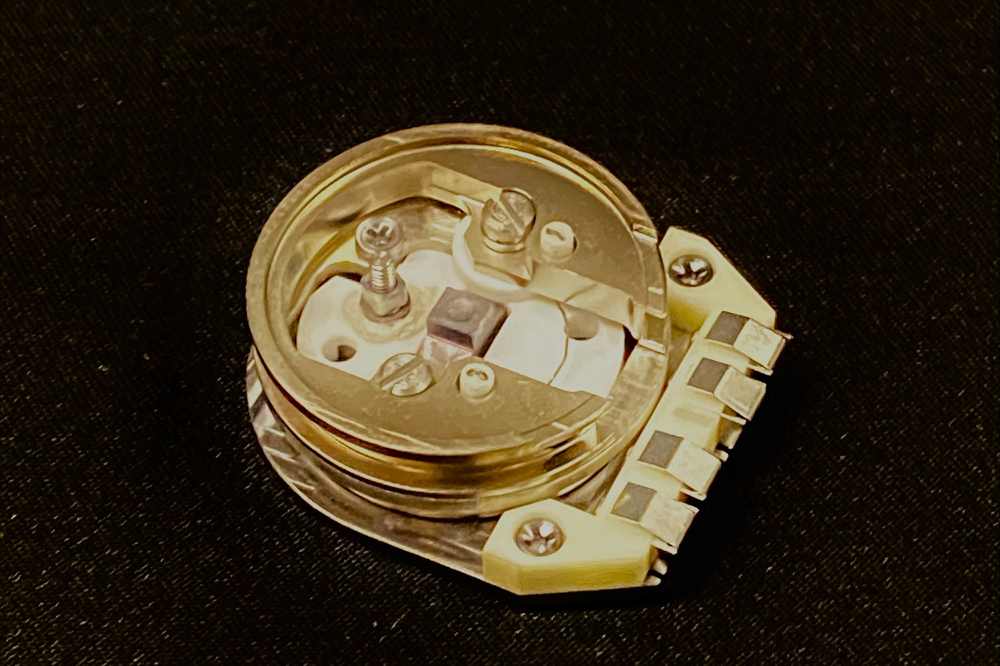
Room‑Temperature vs Cryogenic Measurement
Earlier room‑temperature scans could change the interface and skew readings. The frozen workflow preserves native chemistry for a cleaner comparison of electrolyte effects.
Protective layer during scan
Room‑temperature XPS could thin and alter the layer under ultra‑high vacuum.
Preserved under cryo
Flash‑frozen cells kept the interface intact through the measurement window.
Lithium fluoride (LiF)
Standard scans increased apparent LiF content in the protective layer.
LiF without inflation
Cryo‑XPS avoided the inflation, aligning readings with the interface chemistry.
Lithium oxide (Li2O)
Room‑temperature readings did not consistently capture Li2O with strong electrolytes.
Li2O observed under cryo
Higher Li2O was seen during operation with high‑performing electrolytes.
Salt‑derived compounds
Link to charge retention appeared moderate with room‑temperature scans.
Stronger correlation
Cryo‑XPS reported a stronger correlation with retention metrics.
“The act of measuring can change materials.” Standard XPS at room temperature and ultra‑high vacuum altered the lithium anode’s protective film. The cryo step was introduced to keep the layer unchanged.
Cells were flash‑frozen at about −200 °C soon after the film formed, then examined near −165 °F to minimize reactions during XPS.
Under cryo‑XPS, salt‑derived compounds in the layer correlated strongly with charge retention. Room‑temperature scans inflated LiF. Li2O appeared at higher amounts with high‑performing electrolytes under frozen conditions.
“It seems that cryo‑XPS delivers more reliable information about which chemical compounds actually improve battery performance,” said Sanzeeda Baig Shuchi.
Lithium metal batteries provide high energy density but face short‑circuit and cycle‑life issues tied to the anode interface. With clearer composition data, electrolytes or ultrathin coatings can be evaluated more precisely. Stacey Bent noted that other scientists “may solve many chemical reaction mysteries using this new approach.”
Knowledge Check
At what temperature were new cells flash‑frozen before XPS?
Context & Related Reading
The widget covered the cryo‑XPS workflow, temperatures used, the nanometer‑scale interface, changes seen for LiF and Li2O in measurements, and the reported correlation between salt‑derived compounds and charge retention. Quotes from the announcement and links to the source and related Karmactive pieces were included.

